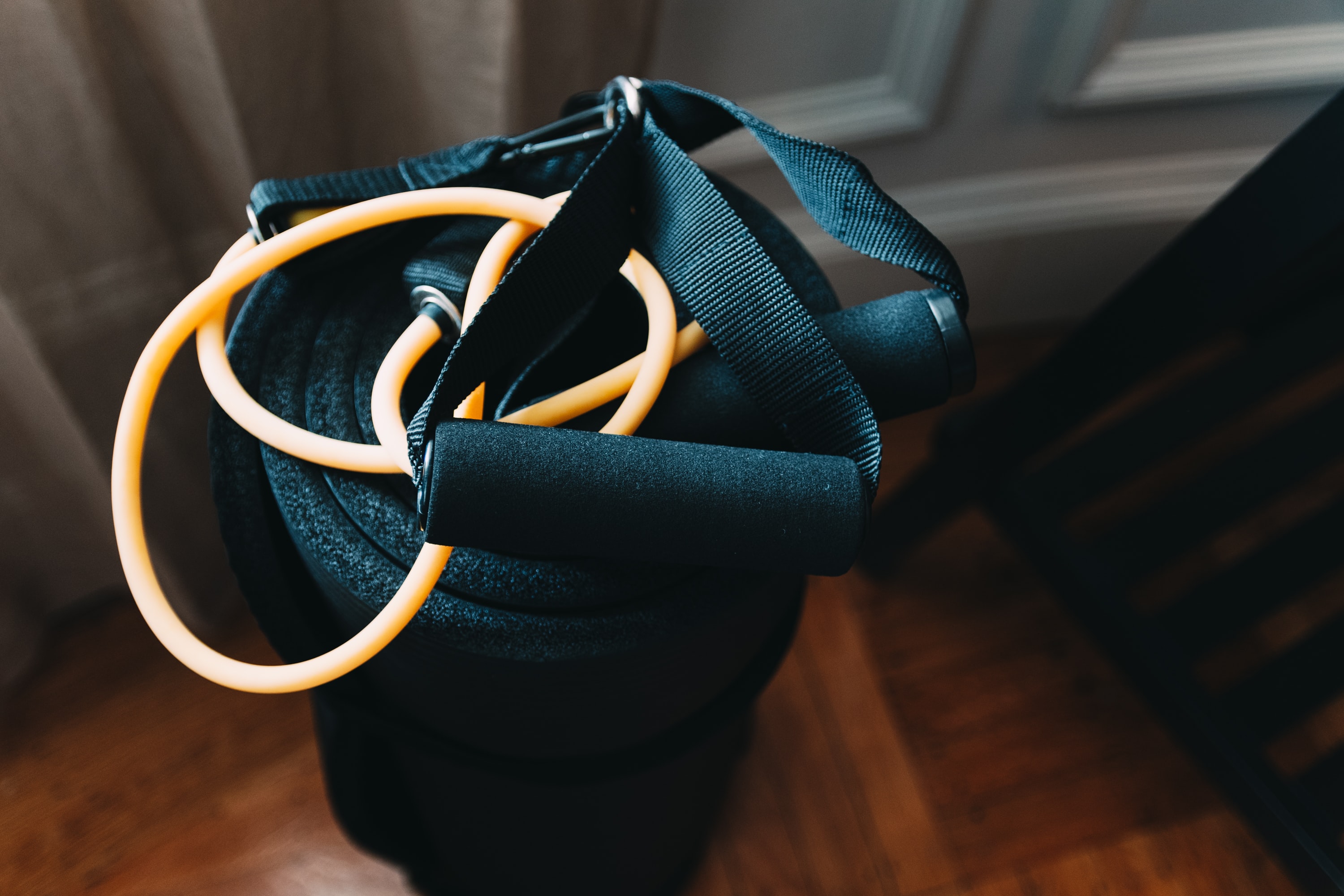The COVID-19 pandemic serves as a reminder to us all about the importance of good health—not just physical—but mental as well. A lot of us are dealing with the stress and anxiety that comes along with attempting to adjust our lives under the current state of affairs and an uncertain future. To remain healthy – body and mind, we have to stay positive and keep ourselves active.
Measures to reduce the exposure of the virus such as social distancing guidelines and remote working has resulted in us spending a lot more time in our homes. Although this is not what any of us had in mind for 2020, it brings about a perfect opportunity to better ourselves and focus on improving our well-being.
We all know that getting active is important. It improves physical strength, reduces body fat, and keeps our joints healthy. But it also has tremendous mental benefits. It literally makes you feel better. It’s an excellent way to combat stress. When your body is regularly active, your body releases endorphins—the ‘feel-good’ chemicals—giving your mood a natural boost, lowering stress levels, and positively impacting your overall mental health.
Though some gyms have reopened, or are reopening soon, it is a great and lifelong tool to learn how to be active at home. Contrary to popular belief, you can have an effective and fun workout routine outside of the gym, right in the comfort of your home—here’s how.
Step 1: Create An In-Home Workout Space
The first step is setting up your space to exercise. Your bedroom, basement, garage, living room, or any area of your home where you can create some space or enable a flex space is perfect. It is important to pick a space with minimal distractions. For example, working out in a room where the rest of the family is trying to watch TV, you’ll likely get pulled away. Most importantly, it should be a space you enjoy being in. This usually means it’s clean, has decorative items that motivate you, and is easy to set up for your sweat session. A place that takes too much time to set up, and you don’t enjoy being in, will of course get in the way of your motivation to work out at home.
Step 2: Purchase Some Basic Equipment
While this may seem surprising, large and expensive exercise machines such as treadmills aren’t essential. Many excellent exercises can be done with just your body weight. Here are some essential pieces of equipment for an effective workout at home:
- Yoga mat: Having a padded surface makes a big difference in your comfort and your ability to safely complete your workout. If your space has carpeting, adding a thinner mat can provide added grip without sacrificing stability.
- Resistance bands: You can perform a large variety of strength exercises (especially pull exercises) with resistance bands. Getting a set of varying strength also allows for growth and optimizing for different muscle groups.
- Dumbbells: A set of dumbbells are the perfect addition to add resistance. A light, medium, and heavy is a good 3-set to purchase. If I had to pick just two, it would be light and medium.
- Kettlebell: kettlebells are really fun to work out with. It opens up to a large new variety of workouts. A light and a medium will be a great start.
- Bench: benches provide a new dimension to your home workouts. From HIIT to strength routines, benches enable you to do a large new set of exercises. For smaller or flex workout spaces, a foldable bench is an excellent option.
Step 3: Get Moving
Now put on your workout gear and it’s time to get active! Why get into your workout clothes if you’re working out at home? It’s a great way to set up your mind to prepare for a real workout. Try that out and see if it helps! There are several styles of workouts, and ultimately the right balance across strength, cardio, and mobility, while including what you enjoy doing, is your best exercise routine.
- Yoga – Yoga has long been known to be a great remedy to de-stress and stretch, while being providing fat burning and posture improvement. Include this with a breathing and mindfulness session to take on anything your day throws at you.
- Cardio – Cardio pumps blood throughout your body and boosts your energy and mood. There are many options for cardio even if you don’t have any equipment. Squat jumps, mountain climbers, burpees, jumping jacks, and high knees are just some cardio exercise options.
- Weight Training – strength training is a highly effective way to manage symptoms of anxiety, and even depression. In a study done by Harvard, experts found that people with mild to moderate depression who tried out weight training two or more days a week saw significant reductions in their symptoms, compared to people who did not.
I always recommend speaking with an expert, who can create the right routine for you and work toward building a habit of exercising; our trainers at Trainiac can help. Our trainers have an expertise in training clients online one-on-one, all through the iPhone app. They will custom build your workouts, keep you accountable and ensure your plan is balanced.
Staying active in our current reality is vital to maintaining good physical and mental health. Consider this as an opportunity to become a healthier and stronger you. You already have everything you need. You just have to take the first step and commit to yourself that you want it. The rest will follow.


